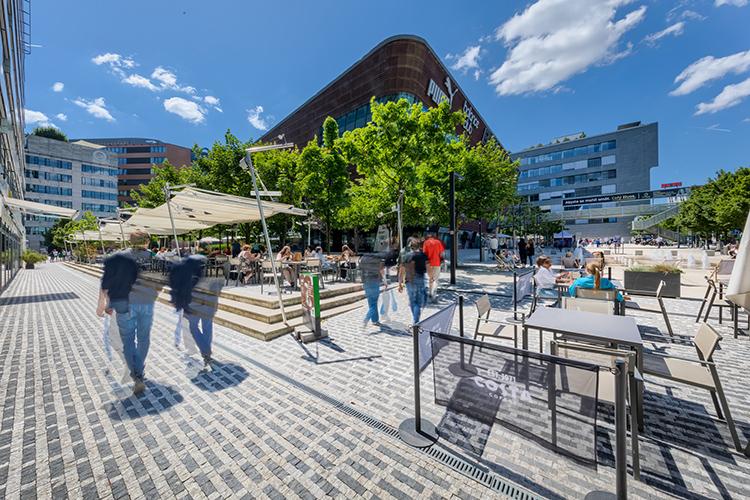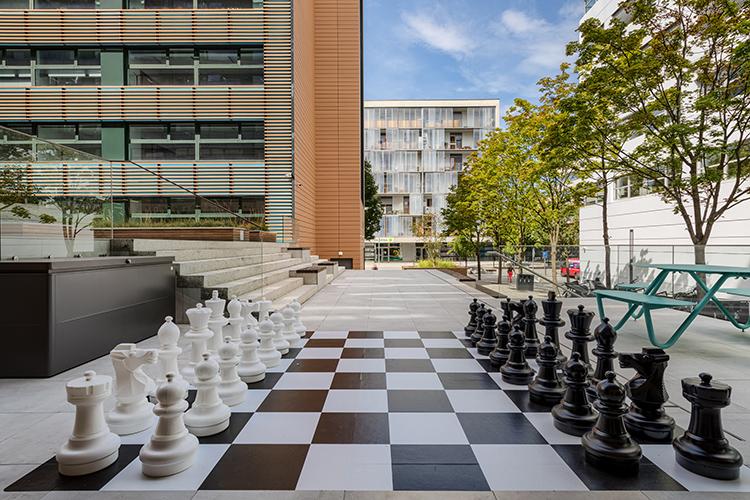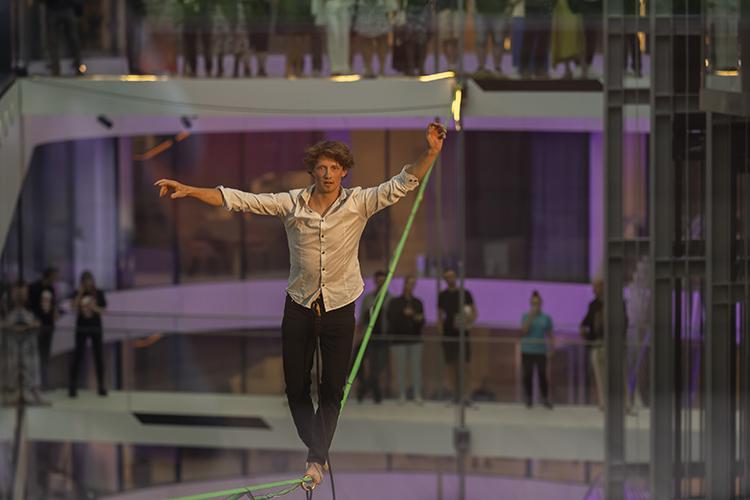Strategic design drives employee well-being at Passerinvest Group’s office spaces
Czech developer Passerinvest Group is redefining the modern office environment by incorporating employee preferences and operational insights into its planning and design. From coffee machine placement to restroom design, Passerinvest considers every detail to create spaces that enhance communication, productivity, and employee satisfaction. Eduard Forejt, Sales Director at Passerinvest, highlights the company’s holistic approach: “When planning spaces, we’re guided by our own operational experience, safety regulations, and, most importantly, the needs of our clients’ personnel. A motivated, satisfied employee is invaluable, so we adapt everything—from interior layouts to materials and colors—to support their well-being.”
Coffee Machines: A Strategic Location
It may seem trivial, but the location of the coffee machine can significantly impact a company’s internal communication flow. Coffee areas become natural hubs where employees exchange information, relax, and consult with one another. If placed too far from the main work areas, it discourages usage, whereas proximity to sensitive areas, such as management offices, can create tension. “Positioning the coffee machine near the director’s office has proven counterproductive in many cases,” Forejt observes. “This depends on company culture, of course, but placement is essential to ensure it fosters natural interactions without causing disruptions.”
Restrooms with a Purpose
Restroom design goes beyond functionality, addressing real workplace needs. In women’s restrooms, large mirrors allow multiple users to apply makeup simultaneously—a frequent request from HR managers. To prevent misplacing jewelry, like wedding rings, sinks and counters are designed in contrasting colors to enhance visibility. Even minor adjustments, like slightly raising the height of toilet seats, can increase efficiency, as a study commissioned by a major corporation found that minor changes can save significant downtime annually. “Such details reflect how even restrooms can impact productivity,” Forejt says.
Thoughtful Open Space Design
While open office spaces encourage communication and collaboration, Passerinvest has developed a balanced “office landscape” model, where team members have designated quiet areas for focused work and private spaces for meetings. “Complete open space feels undignified if employees constantly feel watched or interrupted. We aim to create inviting, structured spaces where people can choose between quiet work and interaction,” Forejt explains.
New Expectations: Beyond the Foosball Table
Modern employees need more than a break room or foosball table. Mental well-being requires brief breaks, access to green spaces, and natural light. Today’s workplaces feature quiet zones, rooftop terraces, and walking paths around the building, allowing employees to recharge outdoors. Forejt notes that demand for such features is increasing, with many seeking office spaces near green areas.
Technology and Layout Optimization
Modern technology also supports workplace optimization. For larger corporations, occupancy sensors or wristbands track how employees interact within a space, identifying opportunities for more effective layouts. “Some may see it as ‘big brother,’ but these technologies can reveal why some spaces hinder productivity. Small changes in layout based on real usage patterns can improve satisfaction and comfort,” Forejt says.
Cultural Nuances Shape Office Design
Finally, Forejt points out that office needs vary by nationality. For example, while Czechs prioritize a social lunch hour, the British are accustomed to lighter midday meals and may not value a nearby canteen as highly. The Germans often prefer simple, functional spaces, while Czechs appreciate aesthetic elements like natural materials and indoor plants that enhance the environment.
Passerinvest Group’s people-centric approach demonstrates how thoughtful, adaptable office design can contribute to productivity, morale, and workplace culture across various industries.
Author: Eduard Forejt, Sales Director at Passerinvest













